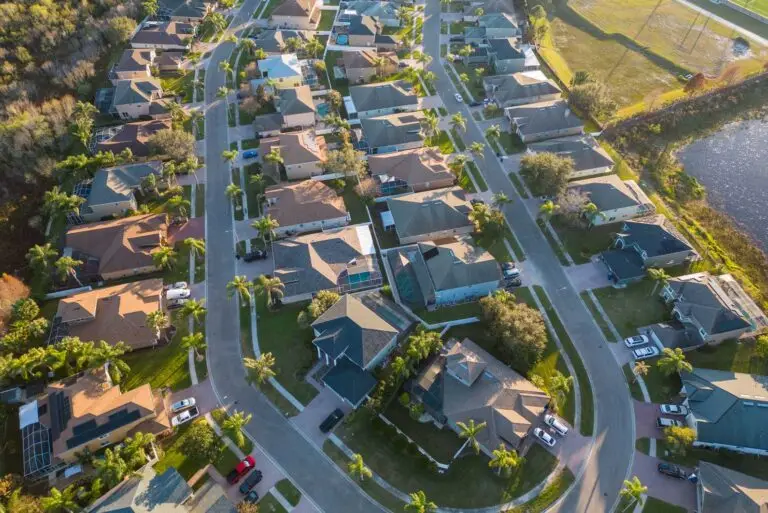Inspection-based appraisal waivers shorten the loan process by allowing buyers to skip the appraisal. Instead of ordering a traditional appraisal, lenders can use a GSE automated underwriting system such as Fannie Mae’s Desktop Underwriter® or Freddie Mac’s Loan Product Advisor® to determine what a home is worth. Automated underwriting systems use comparable sales and past sales data from the home to determine its value and ensure that a home is not priced too high or too low.
If a loan qualifies for an inspection-based appraisal waiver, a lender must order a property data collection. During the property data collection, trained data collectors identify and photograph all structures and rooms on a property — documenting any upgrades, damages, additions, conversions, and site features on a property. Data collectors will also take note of all building materials and utilities present. In addition, property data collectors generate an ANSI-aligned floor plan that includes gross living area (GLA) calculations.
Once the property data collection is finished and the collector has gathered all the necessary information, the data is submitted to the government-sponsored enterprises, Fannie Mae and Freddie Mac, and delivered to the lender.
Some loans may require a hybrid appraisal to fulfill the inspection-based appraisal waiver. In these cases, appraisers will use the property data collected to generate an appraisal report. Hybrid appraisals are faster and more affordable than traditional, in-person appraisals because the appraiser doesn’t need to visit the subject property.
The GSEs both have inspection-based appraisal waiver programs — Fannie Mae’s Value Acceptance + Property Data, and Freddie Mac’s ACE+ PDR.





